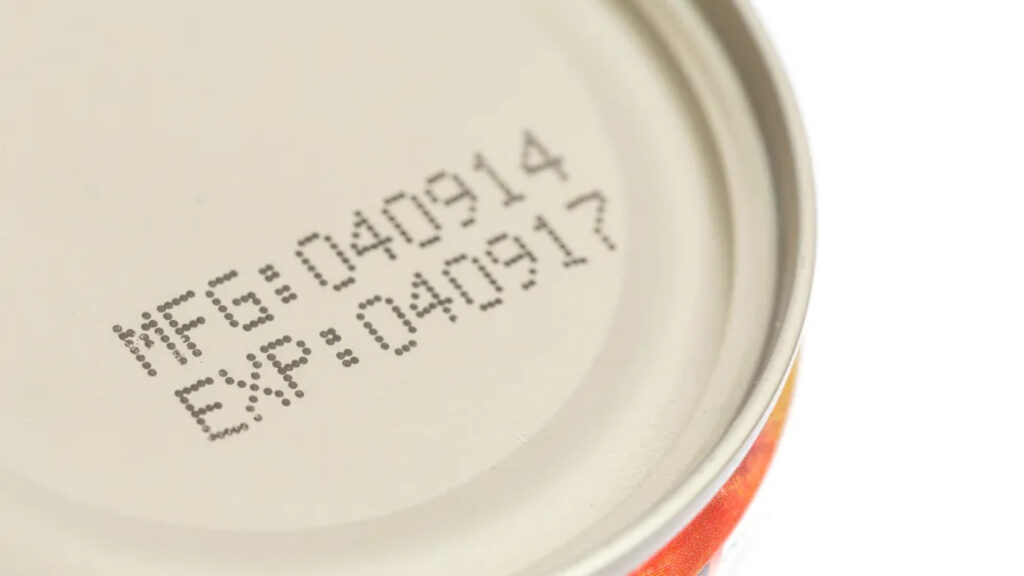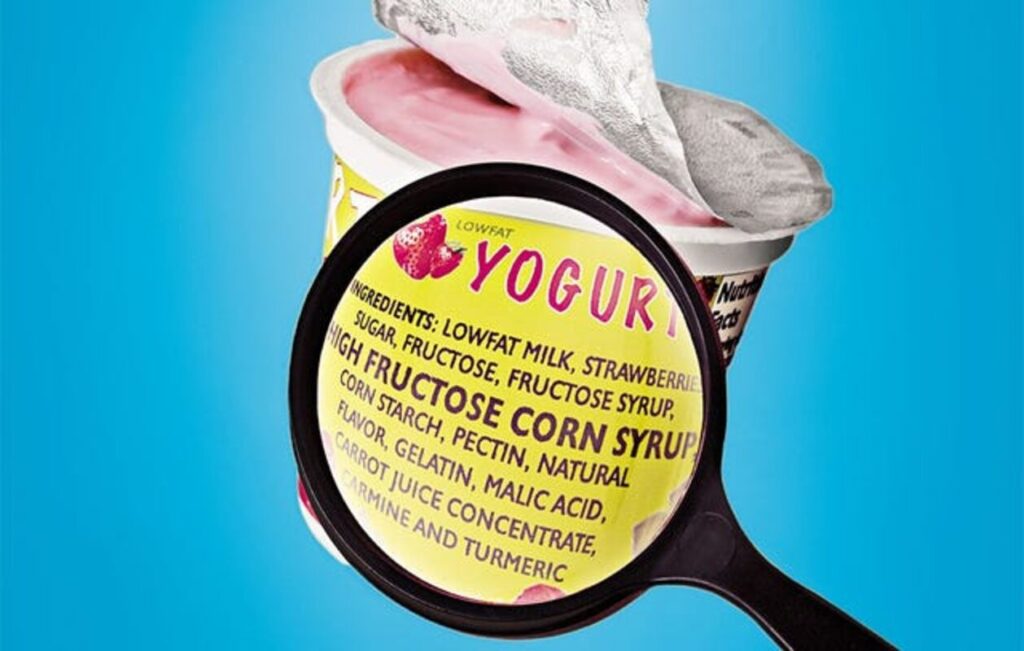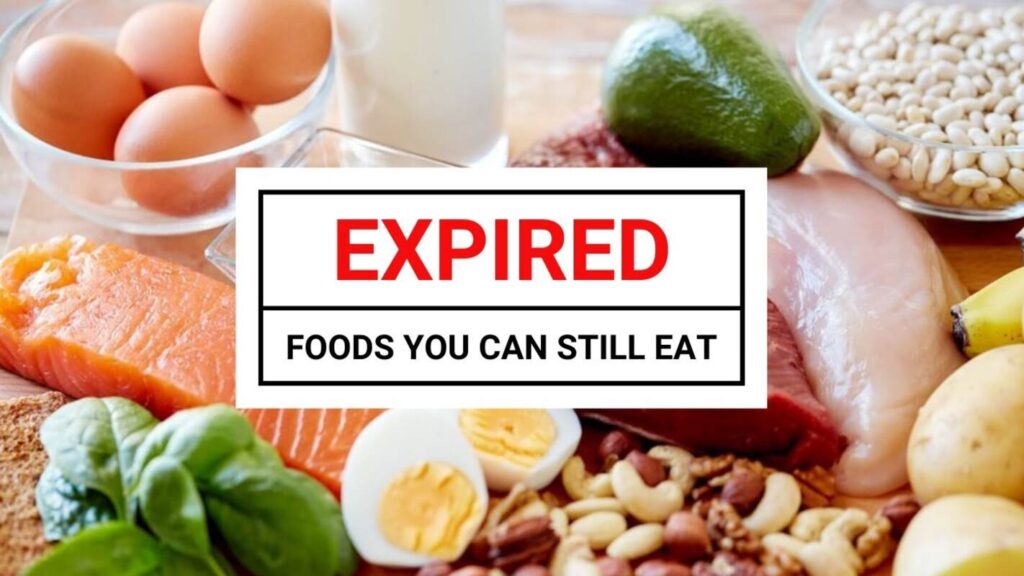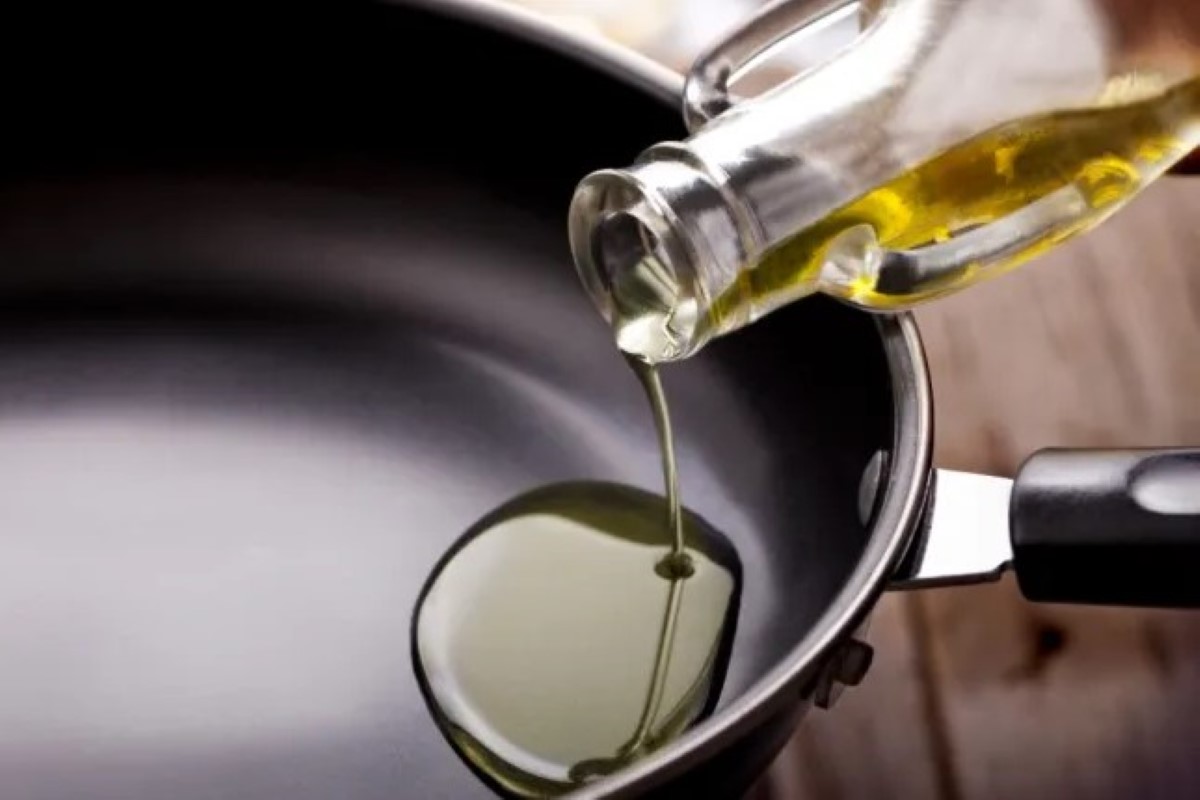Understanding food expiry dates is a proficiency every consumer of processed food needs to acquire. It will save you from a lot of double-guessing. Imagine a scenario where you just pulled a yogurt out of the fridge, only to realize it expired yesterday. What do you do; do you toss it or consume it? These are some questions that a proper understanding of food label interpretation helps you answer.
Many people throw a handful of food in the trash because they can’t read expiration labels. On the contrary, some also expose themselves to health risks by shrugging off safety warnings embedded in food labels.
Understanding food expiry dates is the goal of this article, it will also serve as a shelf life guide. For example, this piece will lay the best before vs use by debate to rest, and offer practical tips on food label interpretation and food waste prevention.
The Different Types of Expiry Labels
If you are a regular consumer of processed food, an inconsistency in the language used in explaining how long food lasts must have come to your attention. On different food labels, you may find the following phrases preceeding a date: ‘best before,’ ‘use by,’ ‘sell by,’ or ‘freeze by.’ It may interest you to know that these inconsistencies in language are not coincidental. Indeed, these phrases are not interchangeable as they have peculiar interpretations concerning safe food shelf life.

Now, let us provide a detailed explanation of the correct way to go about reading expiry labels. The actual meaning of the ubiquitous food label phrases is discussed below:
Use By:
The ‘use by’ date of a food product places more emphasis on safety than quality. Most branded food manufacturing companies conduct shelf stability tests before making their products commercially available. These tests show how long the product can stay in storage before it can be considered unsafe for consumption. However, this does not mean the food item cannot be consumed some days after this date if the quality is still good enough. Also, food manufacturers use this date as a subtle indemnity during litigations.
Best Before/If Used By:
This date is not sacrosanct about the last permissible date you can consume the food. In the example cited earlier, the refrigerated yogurt being off its ‘Best Before’ date by a few days does not mean it is no longer safe for consumption. However, the manufacturer can no longer vouch for the product’s quality after that day. Consequently, best-before dates focus on food quality and not its safety. Understanding food expiry dates will help you realize that food could still be palatable after its best-before date, but may experience some decline in quality.
ALSO READ: 4 Ways to Eat Sustainably Without Breaking the Bank
Freeze By:
There are food products whose quality during storage is predicated on refrigeration. So, manufacturers of such products include a ‘freeze by’ date on their package. According tp the USDA, this is not a safety or purchase date. Instead, it simply indicates the latest date that the product should be frozen after manufacture.
Sell By:
A ‘sell by’ date is a point of concern for retailers, not consumers. This helps manage their inventory by projecting how long the food item can stay on the store shelf. According to the Institute of Food Technologists (IFT), it is possible to calculate the item’s shelf life using a simple formula. Determine the period between the ‘manufactured date’ and the ‘sell by’ date. The product will sit pretty in your pantry, after the sell-by date, for half of the calculated period.
Why Labels Can Be Misleading
Accurately determining how long food lasts can confuse consumers due to the lack of standardization. Usually, the quality assurance team of each food manufacturer decide the best dating system to adopt. Consequently, inconsistencies exist across a wide range of food products. Also, as variations exist for the dating of products across brands, cross-country variations similarly exist.

When consumers or even retailers encounter an unfamiliar food dating system, they often prefer to err on the side of caution. Meanwhile, many of such products remain wholesome beyond the printed dates, particularly when stored properly. However, several tons of packaged foods still go to waste annually.
What’s Still Safe to Eat After the Date?
Of course, except you possess sound professional knowledge about the safety of food after its expiry date, we strictly advise against consuming it. However, to strike a balance between expired food safety and food waste prevention, we offer a shelf life guide for specific foods.

Food items like dry pasta, hard cheese and canned goods can last for as long as two years. Pasta and hard cheese enjoy a long post-expiry viability because of their low water activity, and canned foods because they are in a controlled environment. However, you should be careful about consuming deli meats, soft cheeses and fresh produce after the date printed on.
According to Real Simple, Bacon, hot dogs, and cold cuts can be eaten, if unopened, within 2 weeks of expiry.
ALSO READ: Creative Food Ideas for Spring Festivals
How to Store Foods to Maximize Safety and Shelf Life
Refrigeration is vital in preserving the wholesomeness of food products close to their expiry date. So, refrigeration is the go-to hack for retaining the quality of food products for as long as possible. However, moisture migration from other items in the refrigerator to the food product should be avoided. It is also essential to monitor the refrigerator’s operating temperature.

If you have a spacious freezer, you can store close-to-expiry food products to slow the quality deterioration process.
Finally, follow the FIFO technique adopted by most organizations running active inventories. FIFO means “first in, first out,” a system that ensures the last products to arrive are the last to leave the facility. Warehouses and malls often adopt this technique for their inventory management. Similarly, you can deploy FIFO for the management of your pantry.
With food expiration explained in detail, we can affirm that a date printed on the package is not always a deadline. However, when in doubt, it is safer to discard the product. Understanding food expiry dates means that foods in your pantry and kitchen become safer while simultaneously cutting down waste. So, inculcating a food label reading habit and being mindful of proper and smart storage practices are a plus for expired food safety.











